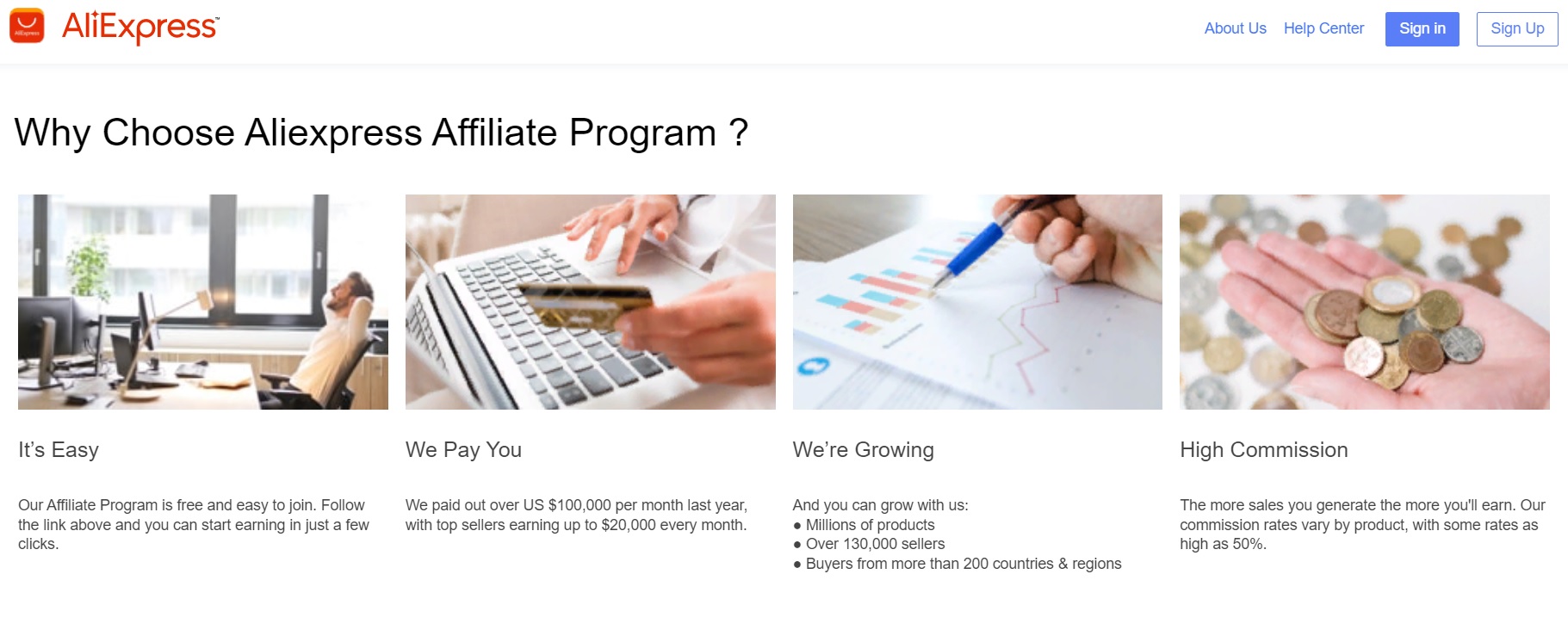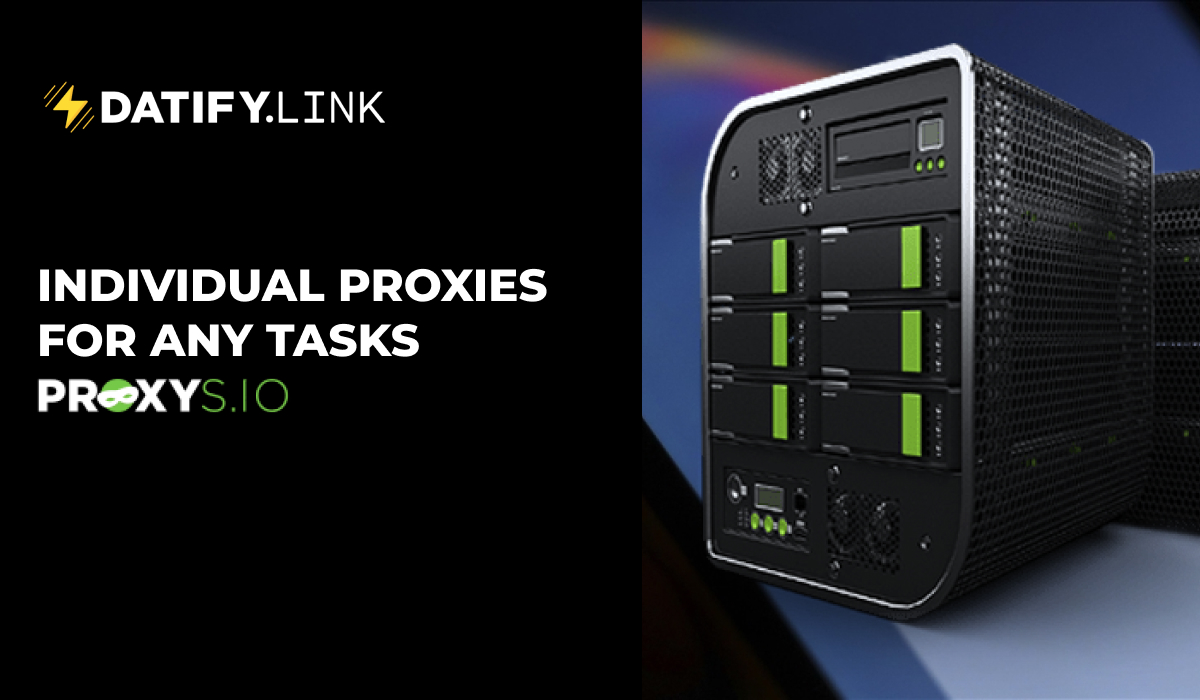According to a Nielsen study, 90% of people trust the recommendations of those they know personally, and 70% trust the opinions of bloggers. Referral programs or referrals help promote products through word of mouth. People learn about brands and companies from partners — bloggers or affiliates. If they buy the company’s products, the affiliate gets paid.

What is a referral program?
A referral program is a marketing tool that allows an advertiser to get new customers based on partners’ recommendations. The partner earns a reward for helping to attract a new customer, and recommending the company’s product. Also, advertisers can work through CPA networks – companies that act as intermediaries and guarantors of transactions between companies and their referral partners. For example, the Traffcore CPA network provides offers from multiple advertisers that a referrer can recommend.
Remuneration can be expressed in the form of a fixed amount of money, discounts, and gifts. For example, the SkyEng online school had a referral program, in which the referrer received several free lessons if he attracted a student. If a partner receives money as a reward, referrals are usually called affiliate programs.
The payout rate may increase depending on the number of attracted referrals, and the type of service that new customers buy.

How the referral program works
An advertiser who creates and launches a referral program provides a partner with access to a personal account on their website.
When a partner decides to join a referral, he copies the affiliate link from his personal account. Using this link, the advertiser’s system will automatically recognize that the client came from this particular partner.

- Further, the partner promotes the referral link in any possible sources. For example, it can talk about a company, brand or product:
- in their social media accounts;
- on a personal site;
- shoot a video on YouTube;
- broadcast on Twitch;
- mention the link in a comment on a forum or on Reddit;
- Show product images with links as pins on Pinterest.
Referral links and promo codes
When a user who is interested in a product clicks on a referral link, he gets to the advertiser’s landing page. Then he can fill out the registration form, leave contacts, place an order for goods or perform another targeted action provided by the referral.
After the target action is completed, the advertiser checks the quality of the received traffic, contacts the client, and confirms his order. When the product is delivered or the prepayment is transferred, the advertiser sends the reward to the partner.
There are referrals that work with promo codes. A promo code is a unique set of characters that can also be distributed and promoted as a referral link. When a user receives a promotional code and enters it when purchasing a product, the system connects the client and the partner, understanding who the buyer came from.
The advertiser sees in the system all the information about partners and their referrals. It can track how many people came through the link, how many of them bought a product or paid for a service. The partner sees the same data.

In what cases the partner will not be able to receive remuneration
The referral link has a cookie lifetime. During this time, a potential client is assigned to a partner. Example: cookies 60 days. The client clicked on the referral link, got acquainted with the product, took time to think. If he made a positive purchase decision and bought within 60 days, the partner receives a payment; if he decided to buy on the 61st day, the partner does not receive a payment.

Also, the partner may not receive a payment for his client if the user decides to buy the product from another device or loses the link. The system will not be able to fix the referral.
The reward is not paid in case of fraud on the part of the partner – fraud, or when low-quality traffic arrives – non-target users who do not buy anything.
Referral program types
Referral programs can be:
- Single-level. In this case, the advertiser pays only for attracted referral clients.
- Multilevel. The remuneration is charged for attracted referrals and for those who are attracted by them, acting as partners.
- Referral programs are also divided by payment models:
- Unilateral: only the partner receives payments;
- Multilateral: payments or bonuses are received by both the partner and the referral.
- Example: a buyer registered using an affiliate link, bought a product and received a 10% discount using a referral promo code; the blogger who attracted him also received a bonus.
How to earn on referral
To make money on a referral, you need to determine the appropriate source of traffic: an online platform where you can distribute an affiliate link.
It is important to focus on the product and the target audience. For example, if these are electronic devices, it is appropriate to promote a link in groups and forums where such products are discussed on your site in the form of a review article.
When drawing up a portrait of the target audience, you need to consider:
- geo – the country or region where the goods are delivered by the advertiser: cultural characteristics, mentality, customs;
- demographics – gender, age;
- interests;
- income level, solvency;
- characteristic buying behavior – people can buy goods spontaneously, or it takes time to think.
It is necessary to prepare unique creatives – texts, headlines, articles, images, videos that will draw attention to the referral link. The advertising materials offered by the advertiser are used by many partners. People may have seen the same promos multiple times, so they no longer pay attention to them.
It is better to make several creative options. Each approach needs to be tested, indicators and results analyzed. Examples:
- if the referral link is promoted as a review on the site, you need to look at Google Analytics, how many people come to the page, how many click on the link, what keywords they find;
- if this is a crowd marketing promotion, for example, a comment on Reddit, you need to look at the reactions of the audience, views, transitions.
Every free source requires an investment of time and effort to build trust with the audience. People are more likely to buy from a recommended blogger than from someone they don’t know. Initially, referral programs were meant as a “bring a friend” tool, since friends, colleagues, acquaintances and relatives are the most loyal audience.
Referrals can be attracted quickly and for a fee. For this are used:
- targeted advertising in social networks;
- contextual advertising;
- buying advertising space from the administrators of groups in social networks;
- collaborations with bloggers;
- services of motivated traffic – provided that the advertiser is ready to accept such users.
Paid sources of attraction provide more options for targeting, allow you to get comprehensive analytics on user behavior, clicks, and conversions. Attracting referrals through paid sources is called traffic arbitrage. The partner buys advertising and receives profit in the form of the difference between the referral fee and promotion costs.
Conclusion
For an advertiser, a referral is a profitable channel for attracting new customers. The company does not need to spend large budgets and time on PR, advertising, brand awareness. Referral programs allow anyone to make money on the Internet.
To develop a business on referrals, it is important to master analytics tools, interpret the results, cut off advertising approaches that eat up the budget and time in time. It is necessary to increase the pool of loyal users, to become an opinion leader in order to gain the maximum trust of potential customers.






